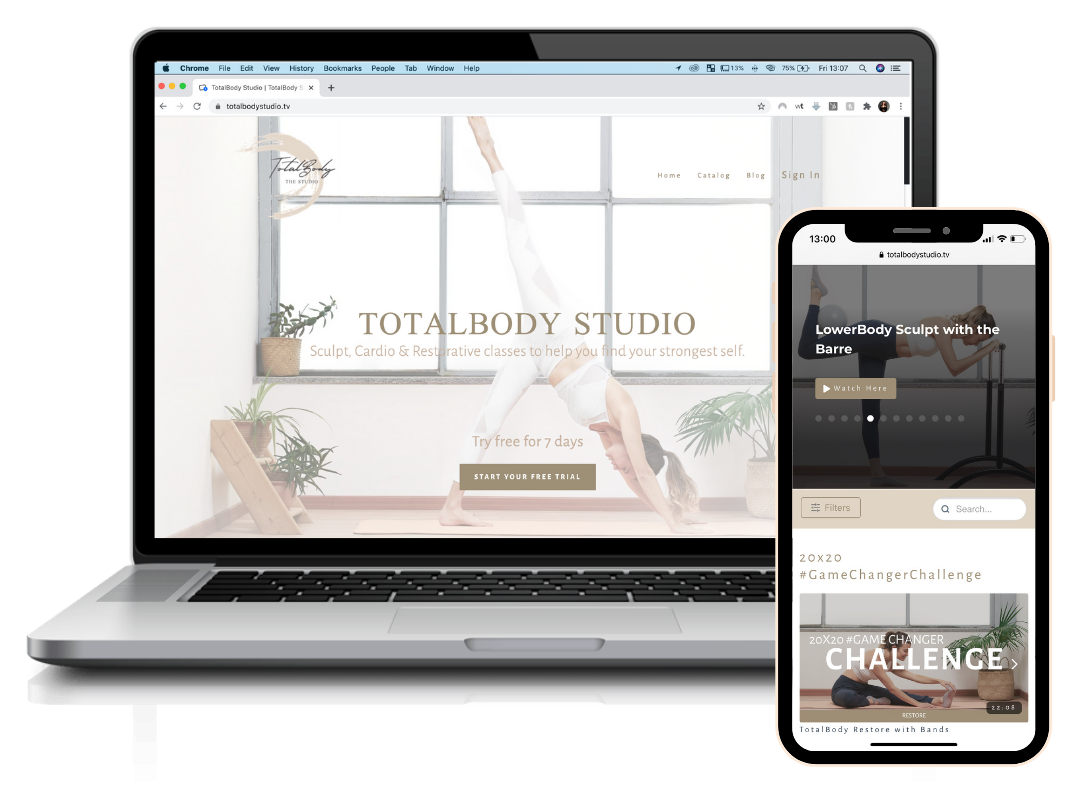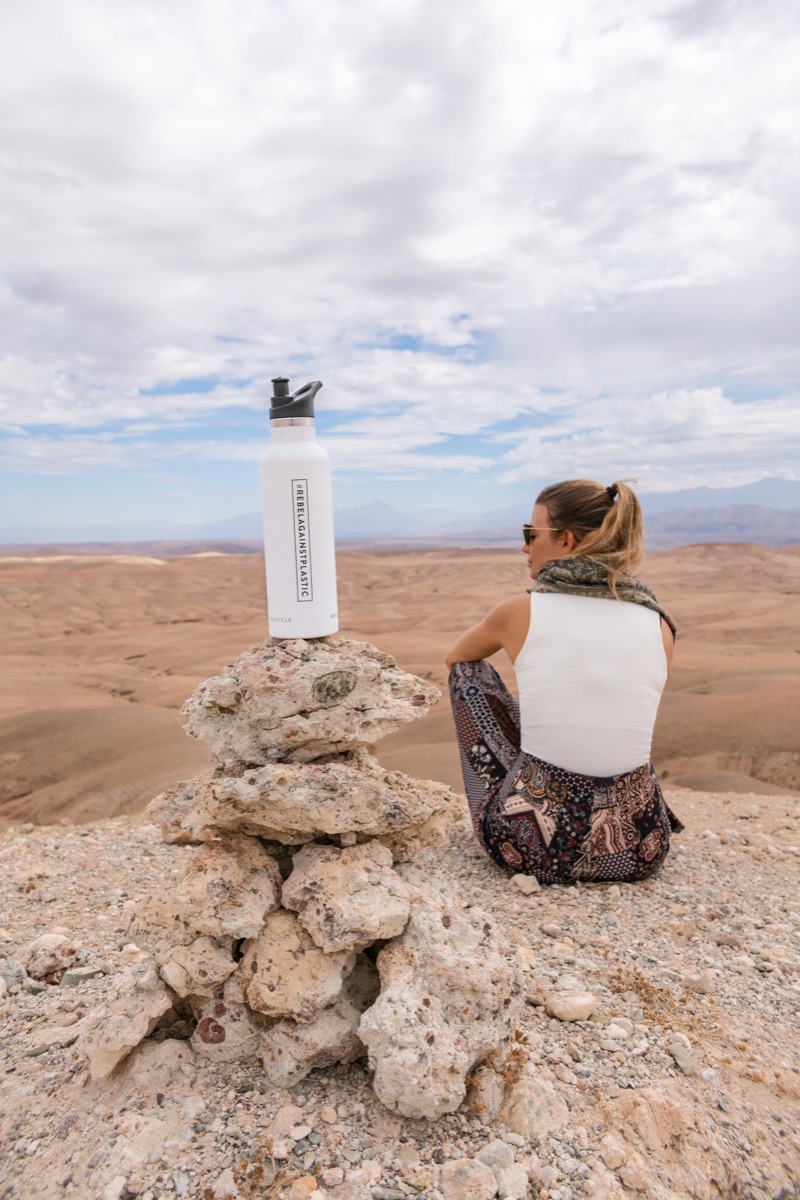
Rebelling against plastic in the stone desert!
More and more brands and fitness studio, including 1Rebel where I work, are focussing on battling plastic pollution…and for a good reason!
The stats are more than scary to look at. Here are some data borrowed from BBC.
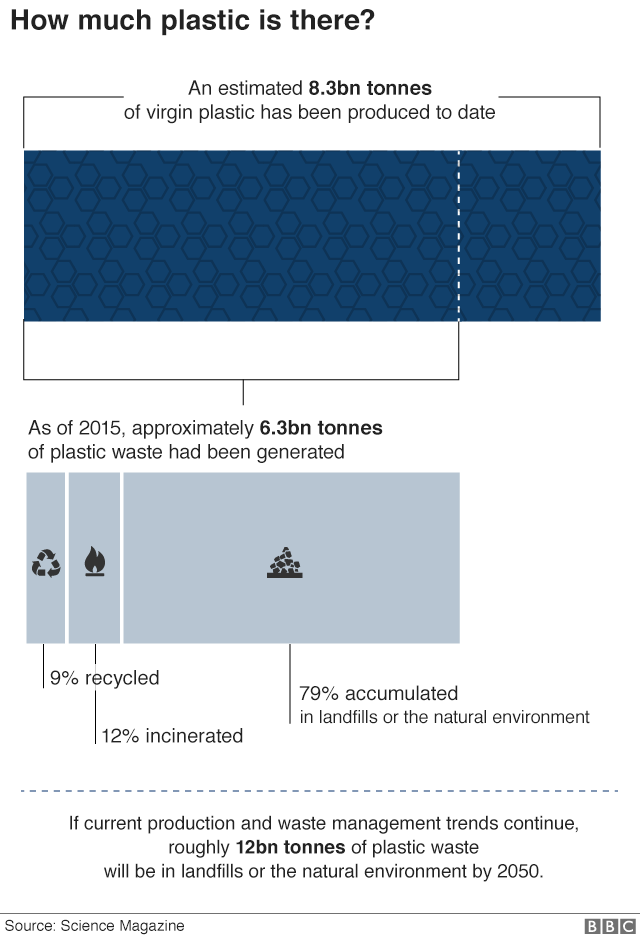
Why is plastic problematic?
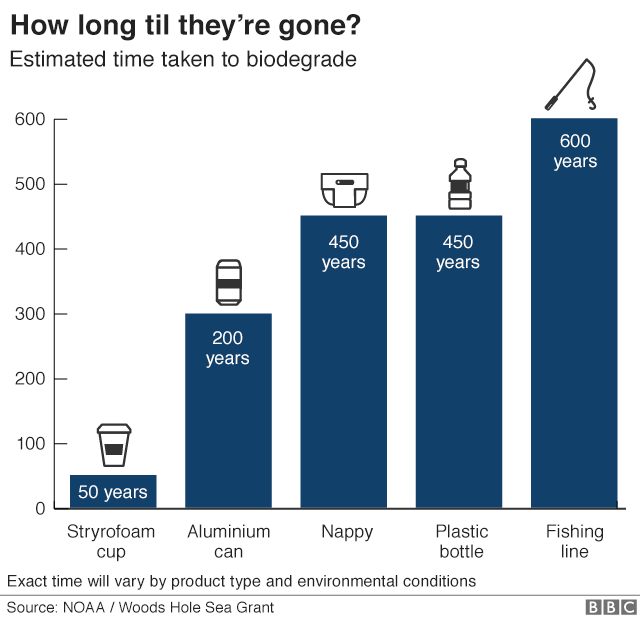
Plastic as we know it has only really existed for the last 60-70 years, but in that time it has transformed everything from clothing, cooking and catering, to product design, engineering and retailing. We are now producing nearly 300 million tons of plastic every year, half of which is for single use. More than 8 million tons of plastic is dumped into our oceans every year.
Plastic is cheap and incredibly versatile with properties that make it ideal for many applications. However, one of the great advantages of many types of plastic is that they’re designed to last – for a very long time. And nearly all the plastic ever created still exists in some form today. Yuck!
Four billion plastic bottles…
Drinks bottles are one the most common types of plastic waste. Some 480bn plastic bottles were sold globally in 2016 – that’s a million bottles per minute.
Of these, 110bn were made by drinks giant Coca Cola.
So how much plastic waste ends up in the sea?
Approximately 51 trillion microscopic pieces of plastic, weighing 269,000 tons. That is about the same as 1345 adult blue whales. And 500 times the number of stars in our galaxy. I know which I would rather see. If things don’t change, there will be more plastic in the ocean than fish by 2050. There is already more plastic than plankton in the Pacific Ocean. Plastic is having a negative effect on human health through BPA presence, ingestion of plastic particles (through polluted food and water sources) and chemical leakage.
Why is plastic so harmful to marine life?
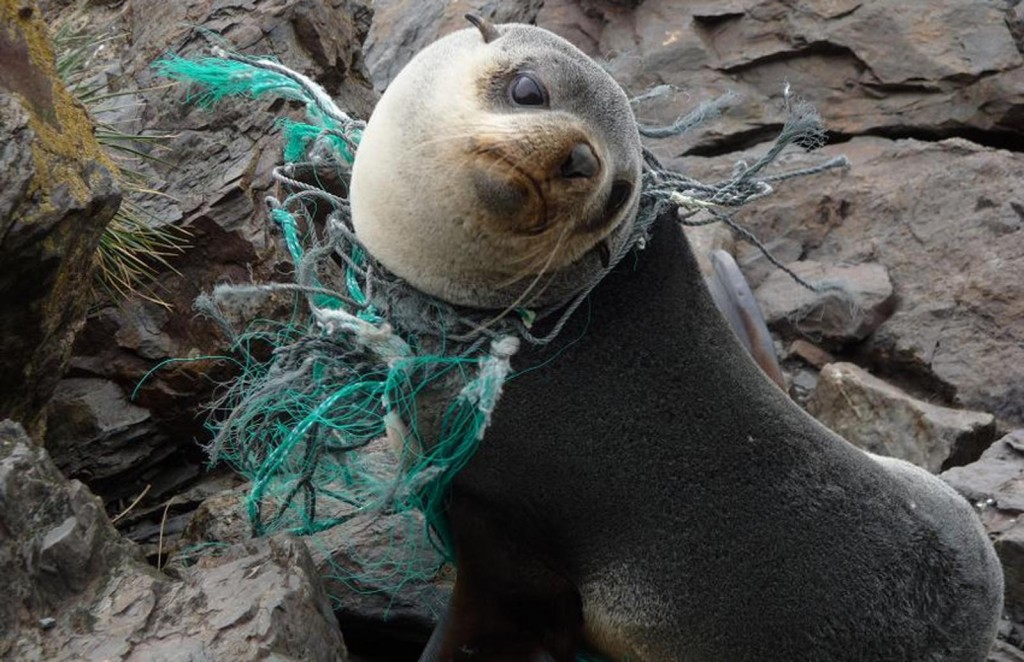
For sea birds and larger marine creatures like turtles, dolphins and seals, the danger comes from being entangled in plastic bags and other debris, or mistaking plastic for food.
Plastic bags, once consumed, cause internal blockages and usually result in death.
“But I recycle, so I am doing enough” – I heard some say. Yep recycling is great and essential but, did you know that only around 5% of plastic produced is actually recycled? And, recently China have put a stop to receiving materials to be recycled from other countries due to high contamination rates and environmental impacts.
So, what can we do?
It’s up to all of us to play our part in reducing plastic waste and the great news is – it’s not hard. It just about being a little mindful about our choices. Plus, it will end up saving you money as well as helping the planet!
Here are some easy ways to reduce your plastic use:
1. Reusable Cups
Get yourself a super cute, reusable travel cup and keep it with you (I love my Almond KeepCup). Some cafes – Starbucks for example – will even give you a discount for providing your own cup.
2. Reusable Water Bottles
Forget spending your money on a dozen of water bottles a day. Take your big, refillable bottle wherever you go! Top up through the day with tap water – for free!!!
3. Bring your own straws and cutlery
Stash a couple of reusable paper straws in your bag along with a metal cutlery set. Say ‘no thanks’ to those nasty plastic ones (that have been sitting out on a counter for who knows how long) and use your own.
4. Shopping bags
Get yourself a cool cloth or string bag and say ‘no’ to plastic shopping bags. You’ll even do yourself a favour, as you won’t have plastic bags popping up from everywhere in your house. Neat!
5. Toothbrush
Opt for a wooden handled toothbrush rather than a plastic one. Wooden toothbrushes come in all shapes and sizes – some have whitening bristles.
Wooden brushes biodegrade rather than ending up in landfills and waterways for upwards of a century, like their plastic-based cousins do.
6. Nappies
Opt for a bio-degradable and environment friendly option. Check out this brand launched by baby Spice Emma Burton, Kit&Kin. Their design is cute and their award winning performance will prevent any bad surprise.
7. Do not flush cotton buds
Every cotton bud that get flushed down the toilets make their way to rivers and seas as they are thin enough to pass through the fine screens. Over time they break down into fragments due to exposure to the UV rays and the oxidation process. Waves break them up further and so the plastic fragments then enter the food chain. Fish and marine life cannot distinguish them from food.
9. Recycle like a champ
Make sure that you recycle properly to ensure that you don’t accidentally contaminate a whole batch of material. And take every opportunity to recycle and encourage others to do the same.

